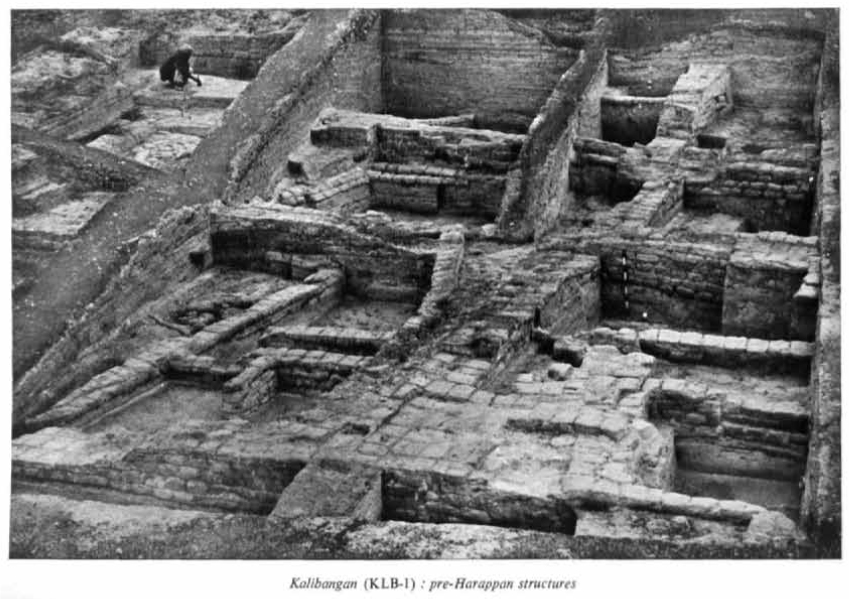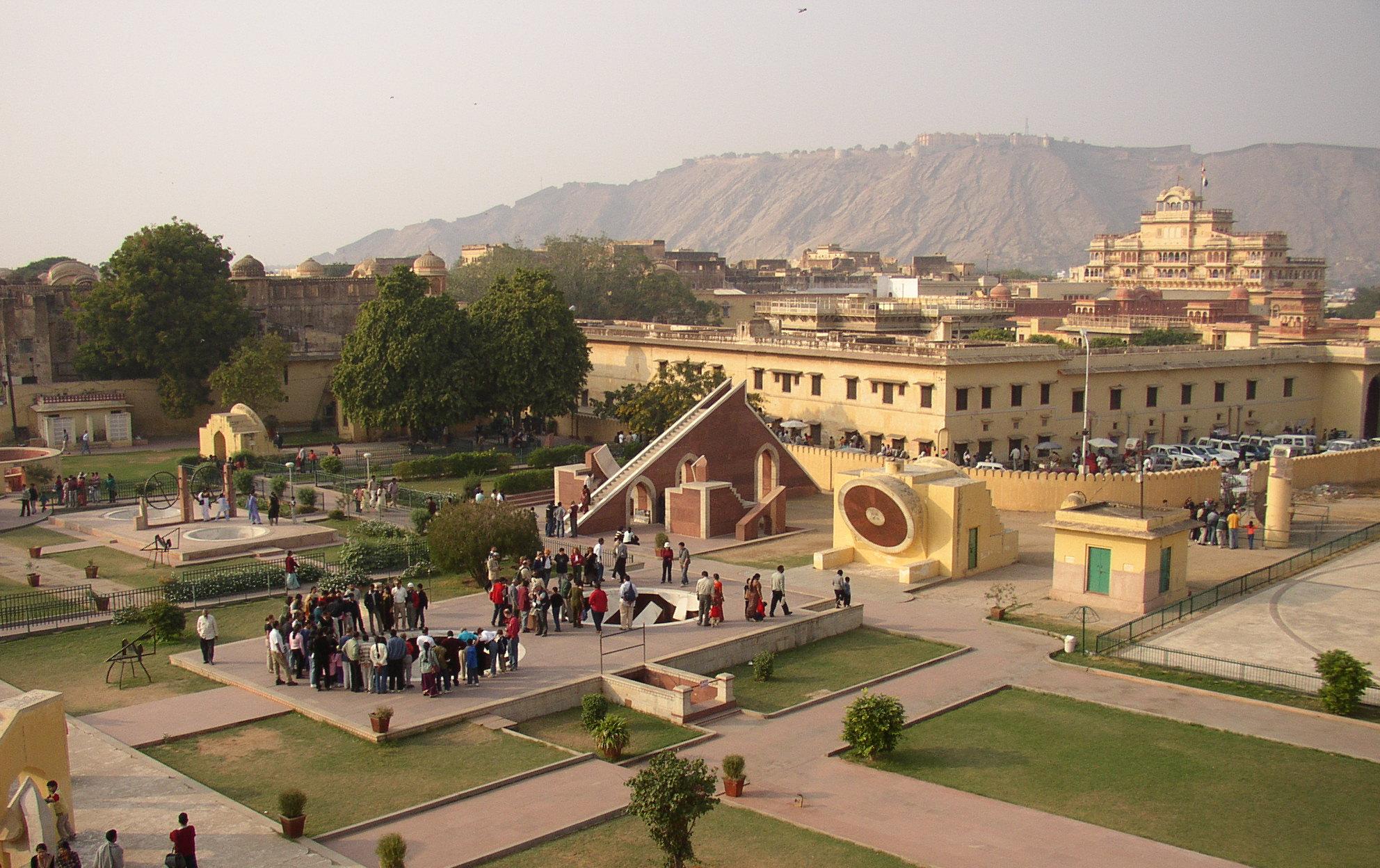EARLY RAJASTHAN CIVILISATIONS: STONE AGE
Monitoring and examination of areas around the Banas, Gambhiri, Bedach, Badhan and Chambal rivers helped in getting an idea of the early Rajasthan civilisations. These areas have shown evidence of stone age people. They used weapons made of stone and the humans in this era were barbaric. They used to hunt with the help of these weapons and also feed on the flowers and fruits of the forests along with the meat of the animals they will hunt down.
KALIBANGAN CIVILISATION
One of the known early Rajasthan civilisations was Kalibangan. It was located in north west of Rajasthan near the present day village Kalibangan. The Archaeological Survey of India (ASI) has also set up a museum in this location. It is thought to be set up near the Saraswati river, which is not present now. Currently, the village is to the south of the Ghaggar River. Many scholars consider it to be the remains of the Saraswati river.
Excavations have indicated the early Rajasthan civilisations to be of the Harappan age. They used copper vessels and instruments along with several engraved coins, toys, statues etc. They even had an excellent system for waste disposal. Earthquakes possibly led to the destruction of this civilization.

AHAR CIVILISATIONS
Ahar (also known as the Banas Culture) was the other important civilization set up near the Ahar River (modern day Ayad river) near Gogunda. The Ayad river feeds into the Udai Sagar Lake. The spills of Lake Pichola and Fateh Sagar Lake also gets into this river. It is currently functioning as the drainage body of the Udaipur city filled with sewage and garbage.
These civilisations usually lived in joint families. They also had large number of ovens for cooking food including grains. They made utensils, toys and copper weapons. Ahar had stone houses. The destruction of this civilization is still not clear. It could have been due to earthquakes, floods or even some attacks. Ahar is probably older than 1500 BC. These people used to bury their dead ones.
ARYANS AND THE DISTRICTS OF EARLY RAJASTHAN
Slowly, the Aryans started settling southwards. This is the period from which we have more evidences of the theories that the historians have put forward. In the 3rd Century BC, coins, jewellery, manuscripts, township ruins etc. are found in good quantity. This proves that in eastern Rajasthan, Brahman and Buddhist cultures were evolving. They followed the district system with democracy (300 BC to 300 AD). Architecture, sculpture and education flourished in this period. They also built several temples and monuments.
GUPTA DYNASTY AND THE HUNA INVASIONS – IMPACT ON EARLY CIVILISATIONS
During the period between 300 AD to 600 AD, the Guptas ruled over this place. Even though, they did not abolish the democracy in this region, they kept them under their patronage. However, towards the end of the Gupta empire, the Hunas (a central Asian tribe) attacked and devastated this place. The small provinces in the region were no longer capable of fighting with the Hunas and by the 6th Century AD, the long evolving democracy was completely destroyed. During this period, several smaller kingdoms also were in power. They were not hugely powerful. As a result, no one could establish control over this area.
SOCIAL STATUS OF THE EARLY CIVILISATIONS IN RAJASTHAN
The various foreign invasions led to a mix of culture in this area. The attackers also mixed with the locals and other invaders. Brahmanas were the main religious people with both Vaishanv and Shaiv sects being present.
CONCLUSION
These were some of the known details of the civilisations in early Rajasthan. We will delve deep into the origins of the various Rajput clans.
Source: The above article has been based on the book Rajasthan Ka Itihaas by Dr. Gopinath Sharma.










order sildenafil pill – order sildenafil 150mg for sale order viagra 50mg